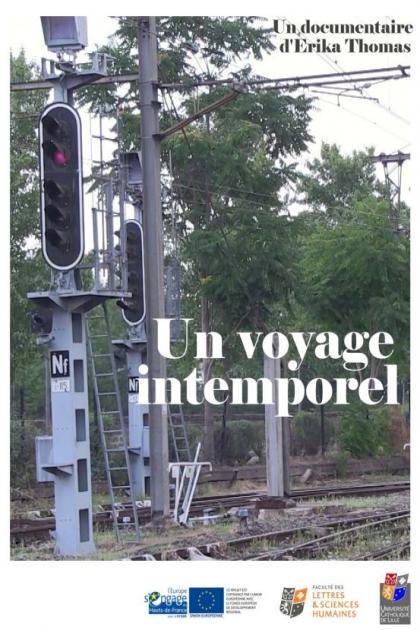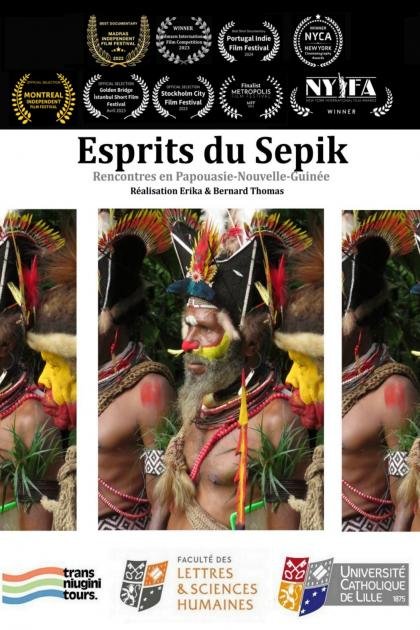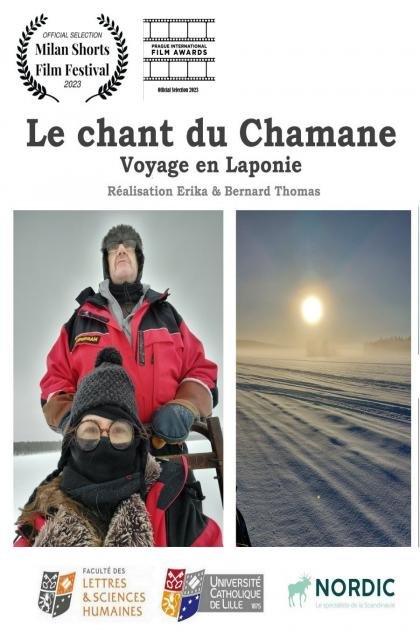Artist in conversation: Erika Thomas
“Creating is a way of giving form to the affects that overwhelm us…”
Erika Thomas, a creative force who beautifully interweaves various art forms into her work, creating a harmonious blend of poignant prose, captivating dance, and evocative visual artistry. Her multifaceted approach to art allows her to create pieces that are richly layered and deeply meaningful.
At the heart of Erika's work is a profound exploration of the human condition. Her art dances intimately on the line between mortality and eternity, despair and hope. It delves into the deepest corners of human emotions and experiences, shedding light on our universal struggles and triumphs. Her pieces are not merely works of art, but narratives that reflect our shared humanity.
Through her art, Erika invites viewers to embark on a journey of self-discovery and healing. Each piece serves as a mirror, reflecting back at us our own emotions, fears, hopes, and dreams. Her work encourages introspection and personal growth, challenging viewers to confront their own truths and reconcile with them.
In Erika's hands, art transcends its physical form and becomes a dialogue. It's a conversation that unfolds between the artist and the audience, between the seen and the unseen, and between the spoken and the unspoken. This dialogue extends beyond the canvas, the stage, or the screen, resonating within the hearts and minds of those who experience her work.
Erika's art offers us a glimpse into her unique perception of the world. Her pieces are windows into her soul, revealing her thoughts, feelings, and perspectives. But her work doesn't stop at sharing her worldview. It challenges us to broaden our own perspectives, to question our beliefs, and to see the world through a different lens. In this way, each encounter with Erika's art is not just an aesthetic experience, but a journey towards personal growth and enlightenment.
What initially inspired you to become an artist, and how did you develop your unique style?
I don't think you choose to be an artist. Creating is a way of giving form to the affects that overwhelm us. It's a way of trying to maintain a balance. My current style blends poetry, video and dance. These three mediums put together inspire me a lot because poetry is the work of language, video the work of perception and dance the work of the body. So when poetry, dance and video are brought together for an artistic creation, it's a call to a new way of deciphering the world and emotions.
In terms of subject matter, what themes or motifs do you frequently explore in your work, and what draws you to these topics?
Artists often deal with the same motifs in work after work. It's a form of obsession, I think. Something that keeps popping up in their minds in spite of themselves. As far as I'm concerned, I realize that the themes of absence, lack and disappearance are very present in my work. The fact that I was born in Brazil during the military dictatorship and am the daughter of a political exile must play a part. I'm acutely aware of death - it's a theme linked to disappearance - because I almost lost my life twice, and I sincerely believe that we create in order not to die. Or rather, to stay in touch with the living beyond death.
Can you discuss a specific piece or project that challenged you as an artist, and how you overcome those challenges?
Several years ago, I used to make urban posters featuring one of my paintings accompanied by a poetic text. With my lover Bernard, we would reproduce 50 copies of these posters and set off at night with our bucket of glue to stick them up all over the city. Preferably where there was a sign saying "forbidden to post". For me, it was a way of saying that art can't obey injunctions and that the city is a gallery. We were stopped by the police once. Not too much trouble. I have fond memories of that time, when we went through the night until dawn, had a good breakfast and slept in each other's arms.
As an artist, writer, poet, and holder of a PHD in Art and Cinema, your understanding of the power of storytelling is truly impressive! Could you share how you incorporate themes of proximity, love, and death into your artistic creations, and how these elements help create meaningful connections between different cultures?
You're referring specifically to "May Peace Be With You". I find your question very interesting, because for me it's always very important to make one's artistic intentions explicit. As far as this creation is concerned, the themes are universal, but the combination of thematic, narrative and visual elements means something specific to me. This prose poem is a lament I wrote and dance to, to embody this character whose arms give birth to words, welcome them and protect themselves from them. The undulations make the dance echo any calligraphy, and thus become a language to be deciphered. Only the upper part of the body is perceived, as if the rest were already engulfed in the darkness called forth by the text. This poem is both a monologue and a dialogue: the tragic monologue of a woman mourning her dead love; and the melancholy dialogue: between Arabic music (enveloping the text) and Jewish calligraphy (translating this poem into prose). Whether it's a woman's monologue or a dialogue between cultures, it's all about proximity, love and death. Failed rendezvous, land, uprooting and exile. In this context, "May peace be with you" which opens the poem, and "May love be with you" which closes it, are invitations to resist the death drive that inhabits us and dances, sometimes languidly, within us. It looks at us with an oblique or more frontal gaze, hypnotizing us.
How do you approach your creative process to ensure that your work resonates with audiences on a deep emotional level, inviting them to explore the universal themes of love and mortality?
Let's talk about love! I have a very deep conviction: we fall madly in love so as not to die - symbolically or really - in order to be able to attach ourselves to something that belongs to the register of the marvellous. Why do you think that is? Because - in a context where living also means being wounded by loss, by the violence of the world - our death drive is always on duty. As Robert Fillou of the Fluxus movement used to say, "Art is what makes life more interesting than art", so art that speaks in one way or another of love and death appeals to the emotional level of the spectator.
How do you stay connected with other artists and keep up with new developments and trends in the art world?
As an art and film teacher, I frequent a lot of artists, galleries and exhibitions. You know, for me, art is a kind of territory with different landscapes, borders to cross, languages to decipher. In short, to be interested in art - whether as an artist or an amateur - is to be curious about a space that speaks to our inner and outer world. It's always a journey.
How do you incorporate feedback from critics and audiences into your artistic practice, and how do you balance this feedback with your own artistic intuition?
Now that's a tough question! Let me put it another way: should feedback be taken into account when working and creating? My answer is clearly no. Of course, positive feedback delights us because it makes us feel understood in what is so deeply ourselves. But you see, if negative feedback starts to transform our art, we risk losing our authenticity. I've said before how important it is to be able to explain your approach and your creation, haven't I? Well, the importance of this explicitness is that it justifies the importance of our work in our own eyes. Independently of any feedback. It's a way of saying: well, you don't like it, it doesn't matter, but for me this is why my work has value. The artist is above all a free subject; he hopes to be understood and loved, but he's not prepared to do anything for that. That's how I see it.
How do you stay motivated and inspired despite any setbacks or creative blocks you may encounter?
My artistic work has a vital meaning for me. I have no choice. For me, living means creating in every area of my life.
How do you feel about exhibiting your artworks with The Holy Art Gallery?
I loved exhibiting at Holy Art Gallery. It's a great incentive, a chance to meet other artists and visit beautiful cities. I was present at the opening in London, I went to Athens some days after to see the exhibition there and waoo, I am really happy with all this ! I'm planning to make a film about it to keep as a souvenir!
Looking ahead, what are your long-term goals and aspirations as an artist, and how do you plan to achieve them?
I've got two big projects on the go. I'm a documentary filmmaker, and I've been lucky enough to have many of my films win awards at festivals in France and abroad. My documentary vein is intimate. With this in mind, I'm currently working on a feature-length family documentary. It will feature archive footage - dating from the 80s to the present day. The aim of this work is to give visual form to the life of a family, mine included. This project will take me a good two years. The other major project has more to do with my poetry. I'm starting a series of video poems linked to the four elements (air, earth, fire,
water) and current events, and another series incorporating photographs, but I can't say any more than that. You know how jealous artists are of their own ideas!







